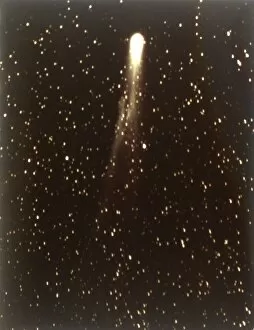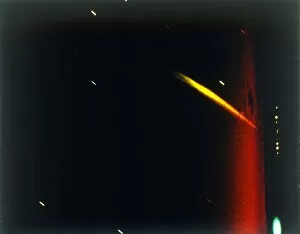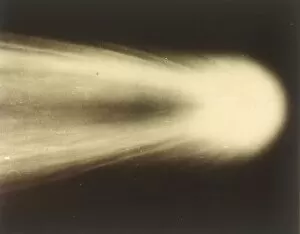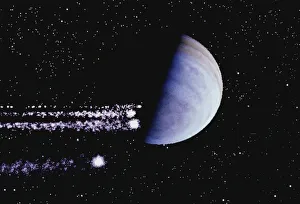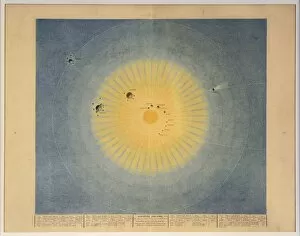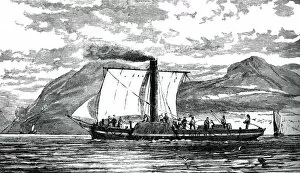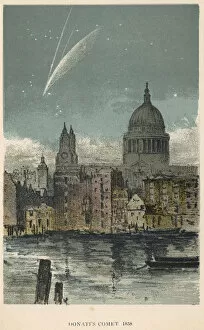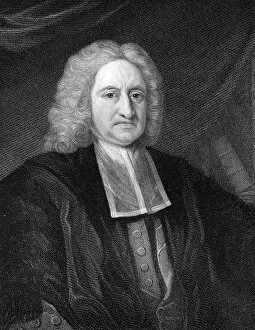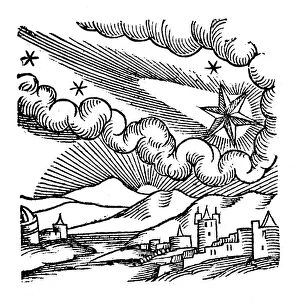"The Comet: A Celestial Journey through Time and Space" Step aboard the magnificent Blue Comet train as we embark on a captivating journey exploring the wonders of the universe. Our first stop takes us back to the early 20th century, where the De Havilland Aircraft Company Poster showcases their groundbreaking innovations. As we venture further into space, we encounter the mesmerizing beauty of our solar system planets. Among them, Halleys Comet graced our skies in 1910, leaving spectators awestruck with its ethereal glow. Speaking of comets, let's not forget about the iconic de Havilland DH106 Comet prototype G-5-1 that revolutionized aviation history. Its sleek design and cutting-edge technology paved the way for future aircraft advancements. But comets don't just exist within our atmosphere; they traverse vast cosmic distances too. The Hale-Bopp comet made a grand appearance, capturing hearts worldwide with its dazzling tail stretching across night skies. Fast forward to more recent times when NeoWise Comet paid us a visit in 2020. NASA predicts it won't grace our presence again for nearly 7000 years – a reminder of how rare these celestial events truly are. In this celestial odyssey, we also pay homage to Major Frank Bernard Halford CBE FRAeS and other visionaries like Whittle and Walker who shaped aviation history alongside de Havilland himself. Revisiting Halleys Comet in 1910 reminds us of humanity's enduring fascination with these cosmic wanderers. Their fleeting appearances ignite curiosity and inspire generations to explore beyond Earth's boundaries. Finally, let's not overlook BOAC's first de Havilland DH106 Comet 4 G-APDA taking flight – an emblematic moment symbolizing mankind's relentless pursuit of progress both on land and in air. This captivating journey through time concludes by reflecting upon an antique solar system map from 1853, reminding us of how far our understanding of the universe has evolved.





